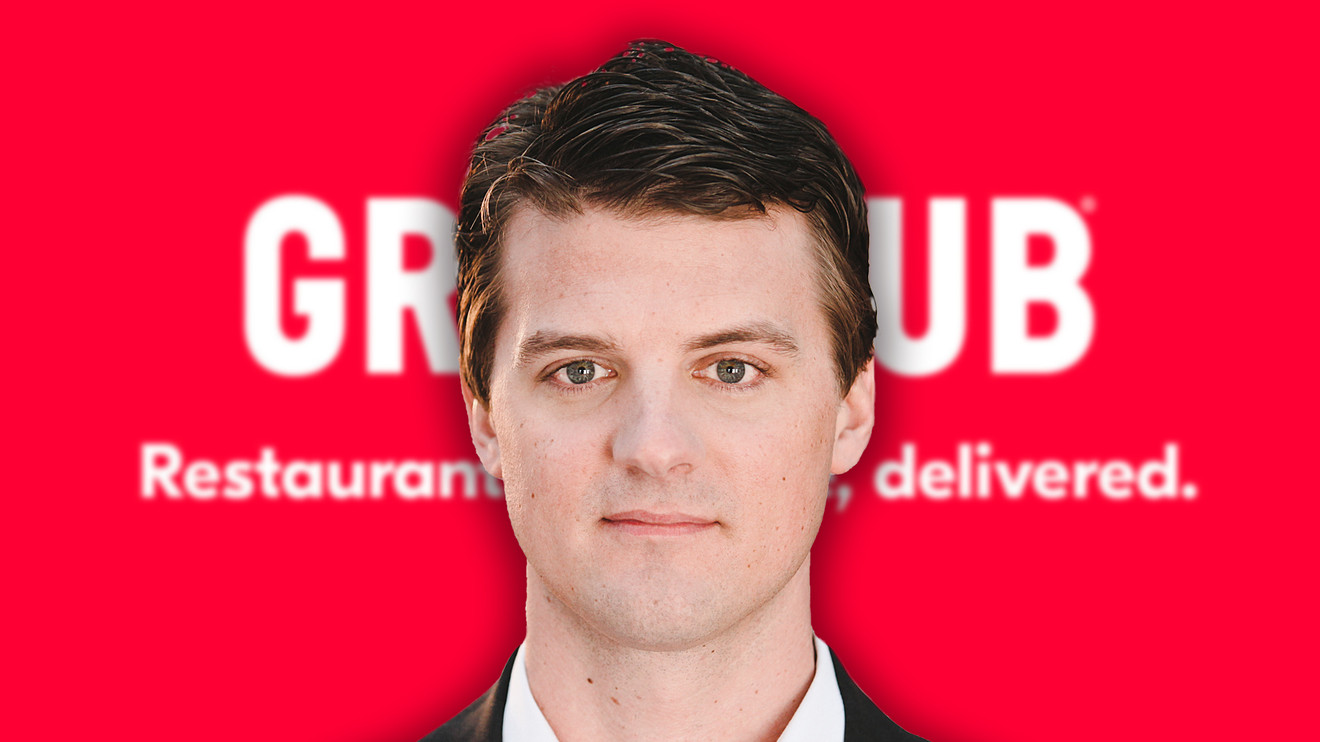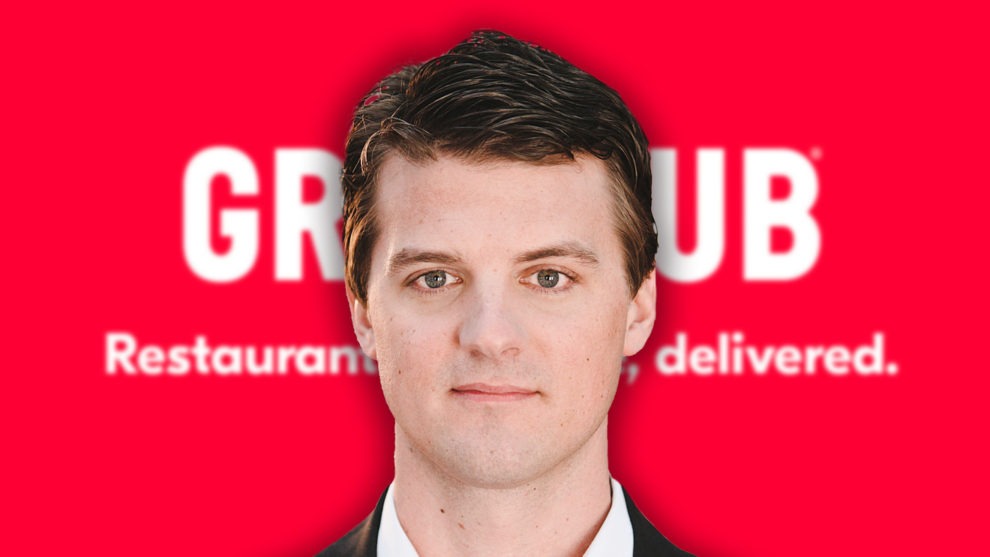
The past few weeks have been especially rocky for the restaurant industry. Several states, including California, which enacted a state-wide “shelter in place” order, have temporarily forced restaurants to shift to take-away only services.
This step, among other social distancing measures, is aimed at “flattening the curve” to contain the spread of the sometimes-deadly novel coronavirus so that the health-care system does not get overwhelmed.
Because food is considered an essential, restaurant-delivery personnel are permitted to travel in areas with strict shelter-in-place orders. In fact, some delivery people are making more deliveries than ever through platforms like Grubhub GRUB, -13.85% and Uber Eats UBER, +4.10%
But that hardly helps the 5 to 7 million servers, cooks, dishwashers, managers and others in the food and beverage industry that are expected to be laid off over the next three months, the National Restaurant Association, a trade group, said Wednesday. The industry as a whole is expected to take a $225 billion loss over that time.
MarketWatch spoke with Grubhub Inc. CEO Matt Maloney, who has been working from his home in Chicago, to get his perspective on the state of the restaurant industry as it grapples with the coronavirus. The following interview was edited for clarity and length.
MarketWatch: What advice would you give to small businesses at this time?
Matt Maloney: Hang in there. It’s really very anxious times and they’re seeing business drop 75% to 90%. We are doing everything we can to drive more business for them. We’re constantly telling them if they have customers lists to blast off emails and let them know they are available for delivery especially ones that hadn’t delivered previously.
A lot of customers aren’t aware they deliver because they literally didn’t deliver last week. Also, we encourage them to think about loyalty promotions and how to get ongoing orders.
MW: What about restaurants that have to lay off employees?
Maloney: The problem the restaurant industry is facing is they don’t really get any relief. You have to pay the employees, lay off some or close for the rest of the month. If they do close it’s likely they won’t reopen because it’s almost not worth it to retrain staff if they had to let them go. It’s really sad because they create the flavors of our neighborhoods and if they can’t drive enough business to pay their staff and cover costs they will have to shut down.
MW: Can restaurants survive on deliveries alone?
Maloney: Not in the long-term. The industry isn’t large enough for all restaurants to survive just on delivery, but they can survive for a matter of weeks potentially. It’s definitely not a long-term solution to bridge across restaurants.
MW: What concessions are you offering restaurants to help them?
Maloney: We’ve delayed all fee collections for the foreseeable future, which we started doing last week. We’re working in collaboration with the mayor’s offices of Chicago, New York City, San Francisco, Boston, Seattle and Portland because they asked us ahead of time, “If we need to shut down restaurants how are people going to get food?”
‘Drivers are independent contractors. So yes, we are onboarding them as fast as we can. But we aren’t bringing on more full-time staff at this time.’
MW: What does all this mean for Grubhub now and in the future?
Maloney: We’ve received 10 to 15 times our usual new restaurant leads. This interest has led to four to five times more new restaurant go-lives compared to our previous record-breaking day. The delivery market for drivers is really good. I was concerned there would be a lot of attrition but I think drivers are looking to replace lost income.
But demand from consumers is really a mixed bag. In some markets it’s staying stable, some are doing much better, and others are slowing. It’s not obvious how it will impact business in the long-term as the supply of restaurants are transitioning now and up to 30% of them could close because it’s too expensive to run.
MW: How can delivery drivers practice social distancing when completing orders?
Maloney: The driver can practice social distancing even if the customer didn’t opt-in. They could step back and text or call them on the phone and say, “I’m standing six feet away or I’ll stand here and wait for you but I don’t want to enter your home.” We said to drivers, “Do not accept orders if you have any sense of illness” and now [they] have two weeks of paid sick leave we are offering them.
MW: What types of restaurants are doing better than others? Do you find that ones that were already delivering food through Grubhub are faring better than ones who just started to?
Maloney: Any restaurant that has been delivering for a few weeks or months typically does better than ones that are just starting out, but all of them have been furloughing employees. Chinese restaurants are really taking a hit. They aren’t seeing the same number of orders they used to get which is kind of asinine and, quite frankly, racist.
MW: Will Grubhub hire more staff?
Maloney: Our business model is a bit different because drivers are independent contractors. So yes, we are onboarding them as fast as we can. But we aren’t bringing on more full-time staff at this time.
MW: Are you scared of the coronavirus? Are you doing anything in particular to protect yourself and others?
Maloney: I’m hunkered down at home with no social contact. I’d say it’s not an abundance of fear in terms of coronavirus. I realize the science behind flattening the curve so fewer people will die and my family and I are self-quarantining.











Add Comment